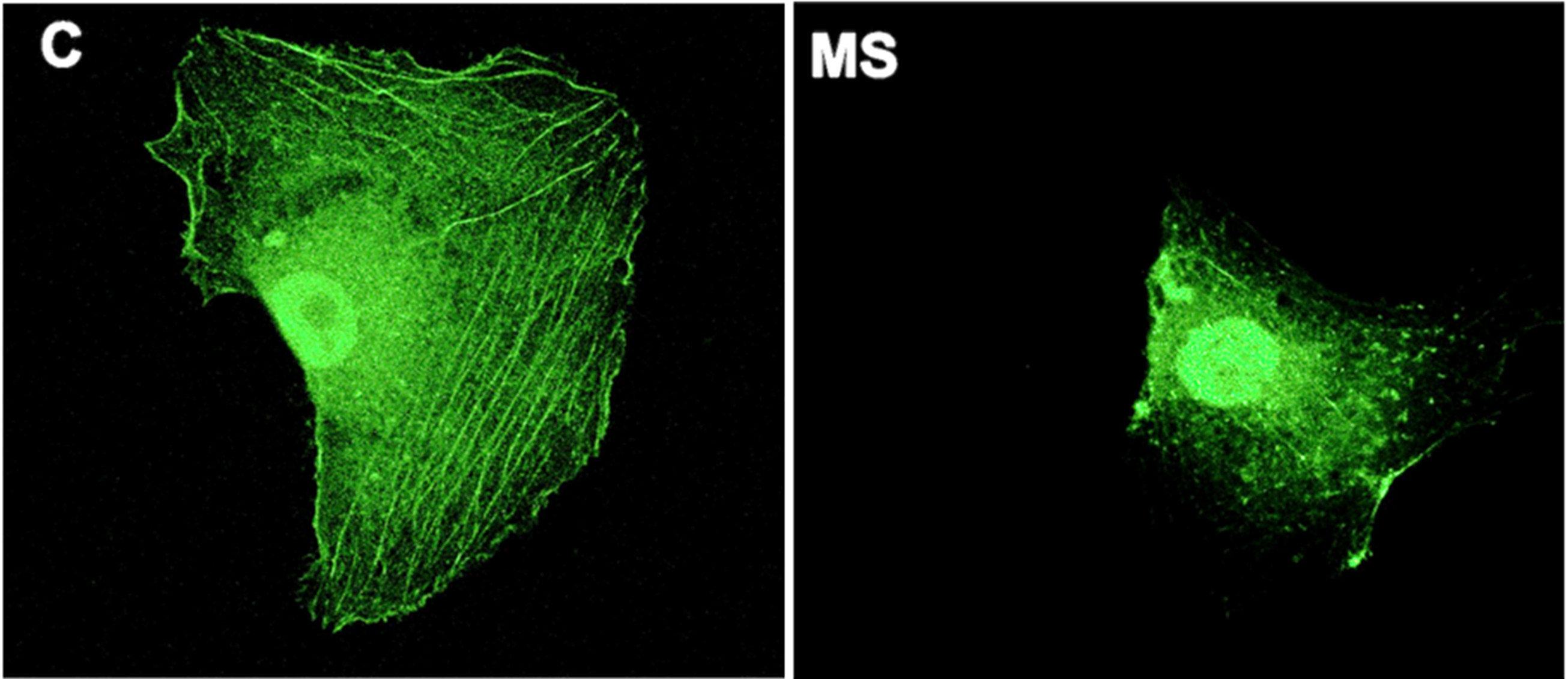Magnetism offers extremely interesting prospects in biology, particularly in mechanobiology and for various biomedical applications, including cancer. In vitro studies on three-dimensional cell assemblies have shown that the death of different types of cancer cells (pancreatic, brain, kidney, melanomas) can be triggered by magnetic stimulation of the cells. The effect is mechanically induced by exerting mechanical stress on the cells through magnetic particles dispersed among them.
Researchers from our Institute have conducted initial research on glioma cells (brain cancer) cultured in 2D at the bottom of culture dishes. However, these results vary significantly depending on the cellular microenvironment, which differs between 2D cultures and actual biological tissues. Today, the researchers have taken a new step by reproducing these effects on tumoroids, 3D assemblies of cancer cells that are much closer to biological tissues. To maximize efficacy, it is crucial to readjust the magnetic field conditions to lower frequencies (2 to 5Hz instead of 20Hz) to adapt to the different texture of 3D environments. A very strong impact of magneto-mechanical stimulation on the cellular cytoskeleton has been demonstrated, leading to cell death.
 Figure: impact of magneto-mechanical stimulation on the cytoskeleton of glioma cancer cells (C=control, MS=after magnetic stimulation). The actin fibers constituting the cytoskeleton are clearly visible in the control. These fibers are destroyed after magnetic stimulation, leading to cell death.
Figure: impact of magneto-mechanical stimulation on the cytoskeleton of glioma cancer cells (C=control, MS=after magnetic stimulation). The actin fibers constituting the cytoskeleton are clearly visible in the control. These fibers are destroyed after magnetic stimulation, leading to cell death.
This study paves the way for in vivo testing of innovative cancer treatments using magneto-mechanical stimulation of cells. This approach could be used alone or in synergy with chemotherapy.
Fundings
Exploratory Project CEA : CELLSTIM, NANOVIBER contract (Joint Transnational Call EURONANOMED2)
Collaboration
- IRIG/SPINTEC, IRIG/BGE/BIOMICS, and IRIG/SyMMES
- CNRS/Laboratory of Microelectronics Technologies
- INSERM/Braintech
- Grenoble Institute of Neurosciences